run power to my shed
cmon567
14 years ago
Featured Answer
Sort by:Oldest
Comments (8)
spencer_electrician
14 years agolast modified: 9 years agocmon567
14 years agolast modified: 9 years agoRelated Professionals
Aurora General Contractors · Forest Hills General Contractors · Oxon Hill General Contractors · Warrenville General Contractors · Chino Hills Solar Energy Systems · Greenville Solar Energy Systems · Mokena Solar Energy Systems · Flower Mound Home Automation & Home Media · Leander Home Automation & Home Media · Los Angeles Home Automation & Home Media · Mount Lebanon Home Automation & Home Media · Newtown Square Home Automation & Home Media · Pittsburgh Home Automation & Home Media · San Bruno Home Automation & Home Media · West Palm Beach Home Automation & Home Mediacmon567
14 years agolast modified: 9 years agobrickeyee
14 years agolast modified: 9 years agocmon567
14 years agolast modified: 9 years agobrickeyee
14 years agolast modified: 9 years agocmon567
14 years agolast modified: 9 years ago
Related Stories

DISASTER PREP & RECOVERYMore Power to You: How to Pick the Right Generator
If your home's electricity goes, don't let it take your necessities with it — keep systems running with this guide to backup power
Full Story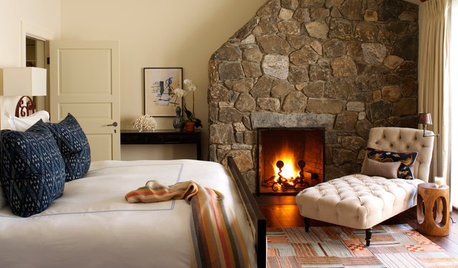
MONTHLY HOME CHECKLISTSSeptember Checklist for a Smooth-Running Home
Get ready to get cozy at home with snuggly blankets, well-stocked firewood, added insulation and more
Full Story
MONTHLY HOME CHECKLISTSJanuary Checklist for a Smooth-Running Home
Need help beating the postholiday blues? Launch the new year with some tidying, safety steps and maybe birdseed, too
Full Story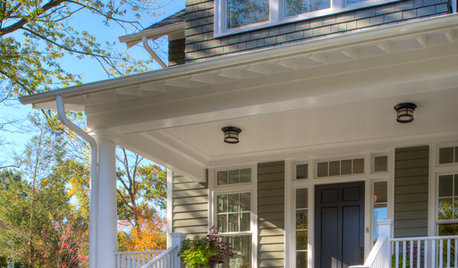
MONTHLY HOME CHECKLISTSOctober Checklist for a Smooth-Running Home
You're due for some winterizing, like clearing rain gutters and stowing swimsuits — but leave time for a fun project
Full Story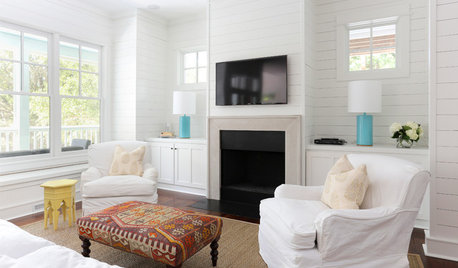
MONTHLY HOME CHECKLISTSYour May Checklist for a Smooth-Running Home
Sail through the rest of spring by spiffing up your home and getting down in the backyard with friends
Full Story
LIFEHow to Prepare for and Live With a Power Outage
When electricity loss puts food, water and heat in jeopardy, don't be in the dark about how to stay as safe and comfortable as possible
Full Story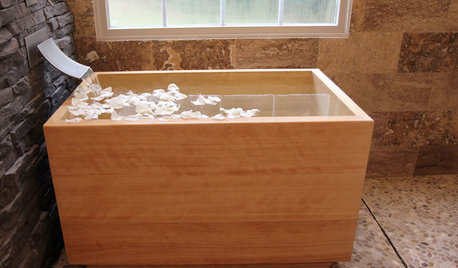
BATHTUBSRoom of the Day: Restorative Power of a Japanese Soaking Tub
A traditional tub made of hinoki wood sets a calming tone in this master bath renovation
Full Story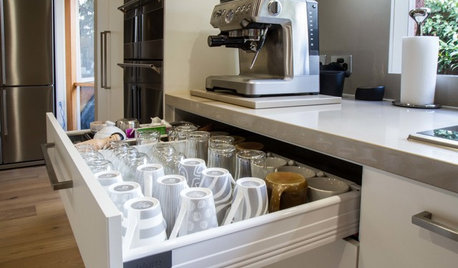
KITCHEN STORAGEPulling Power: Clever Drawer Tactics for a Kitchen
It’s not how many drawers you have in your kitchen; it’s how they work for you
Full Story
WOODThe Power of Plywood All Around the House
Of course you've heard of it, but you might not know all the uses and benefits of this workhorse building material
Full Story
MONTHLY HOME CHECKLISTSYour March Checklist for a Smooth-Running Home
Prep your home for spring by shedding its winter layers and bringing in nature and fresh colors
Full StoryMore Discussions








spencer_electrician